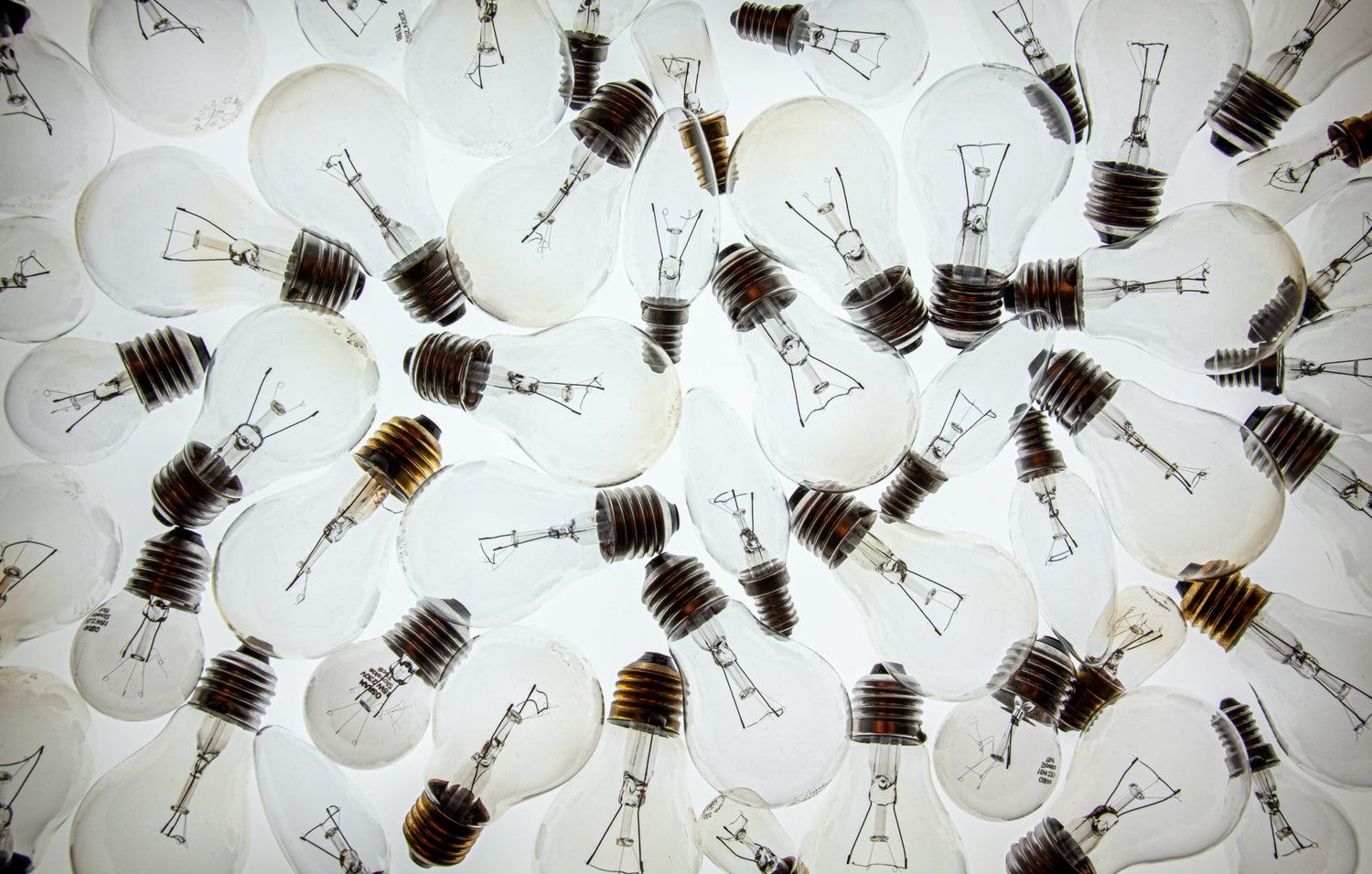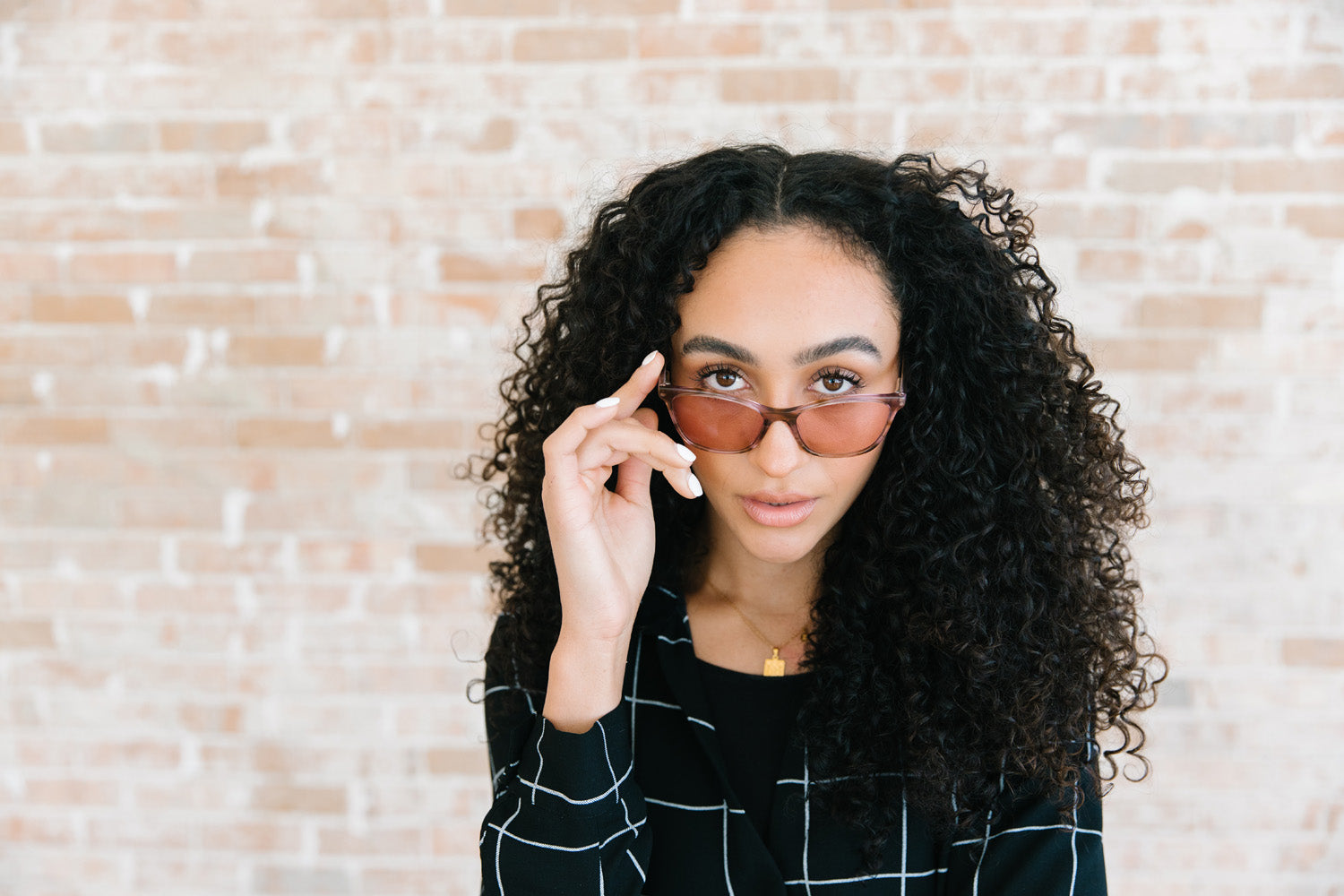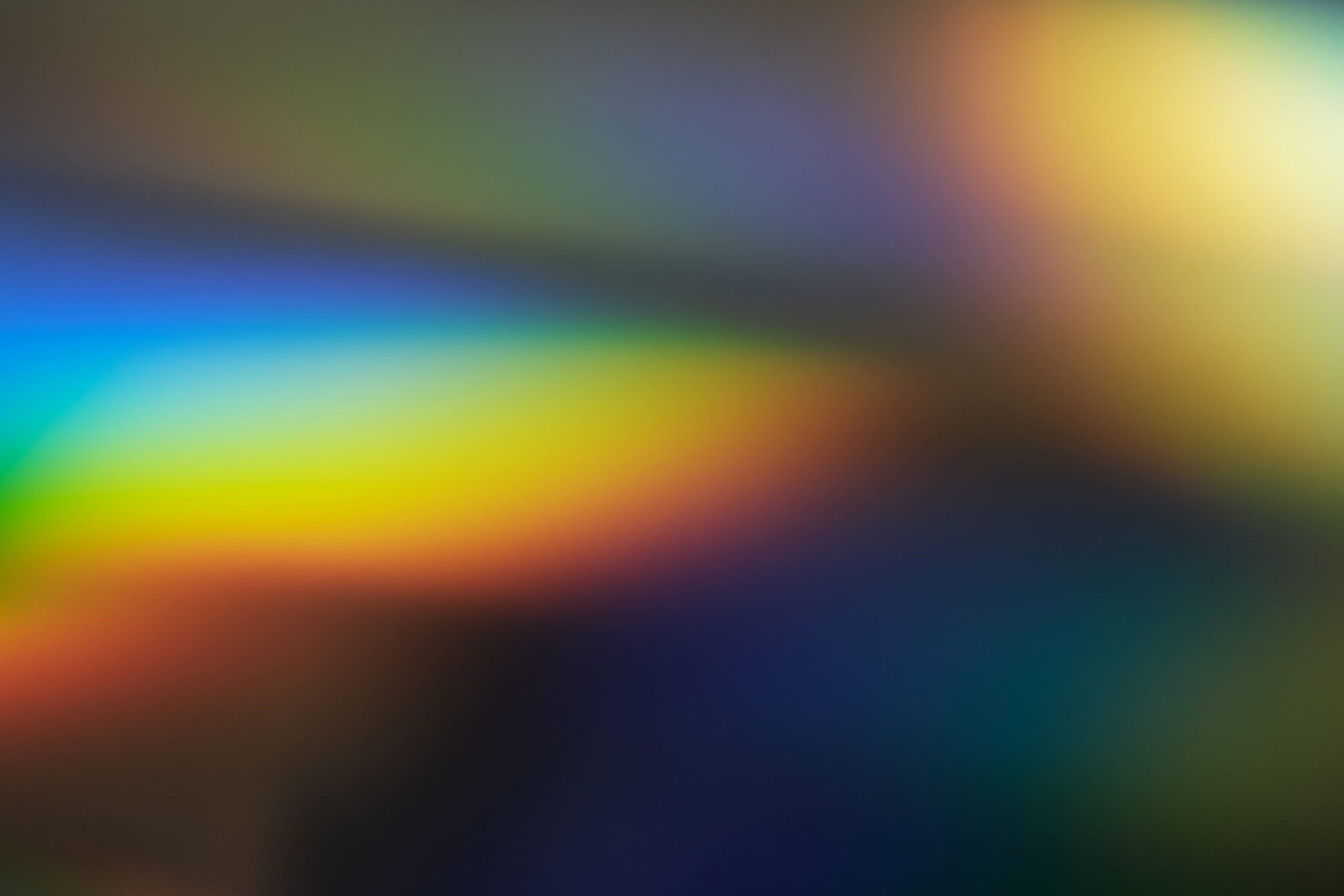If you’re more sensitive to light than the average person, it may cause you discomfort, irritation, or headaches on a regular basis. If this sounds familiar, you might have wondered about the best light bulbs for sensitive eyes.
Is one kind of light bulb better than another?
In this article, we’ll discuss why you might be so sensitive, followed by the most common bulb types and how they might affect you.
Why Are Your Eyes Sensitive to Light?
Your light sensitivity might be caused by photophobia. Photophobia is a medical condition characterized by extreme sensitivity to even normal levels of light. Symptoms may include uncontrollable blinking or squinting, excessive tears, burning sensation, nausea, and headaches.
There is no known cure for photophobia, but there are ways to manage it, including Avulux® Migraine and Light Sensitivity Lenses, which absorb up to 97% of the most harmful light. Another thing you might try is being more selective about the light bulbs you use.
Light Bulbs Can Have a Powerful Effect
Since different types of light bulbs give off different kinds of light, you can experiment with the different types and see how they affect you.
Fluorescent

If you’re light sensitive, the types of light you’re exposed to can play a major role in your life. For example, many light sensitive people find fluorescent lighting to be more problematic than other types. This is why you might feel especially uncomfortable in commercial buildings like offices or big-box stores.
For people like Layla, fluorescent lighting makes office life a challenge. She says,
“I experience light sensitivity, especially fluorescent lighting. It affects my ability to read and even depth perception. It makes working in an office environment difficult.”
Fluorescent lights are inexpensive and efficient, which is why so many businesses use them. However, they emit a harsh blue light and an invisible flicker that can be uncomfortable if you’re light sensitive. While getting business owners to change their lighting can be a daunting task, you can start by controlling the light where you can — especially at home.
Incandescent
Incandescent bulbs used to be the standard for lighting homes. But with modern energy standards in play, they are getting harder to find. If you can find incandescent bulbs, pay attention to the light temperature of the bulb. You’re probably better off with those labeled soft white or warm white. These won’t give off much of the harsher blue wavelengths.
Any bulb labeled bright white or cool likely emits more blue light, which could be a trigger for light sensitive people. Try the warmer light and see if it helps.
Compact Fluorescent
Not that long ago, compact fluorescent bulbs were the go-to standard for energy efficiency. CFLs replaced incandescent bulbs for a lot of people. However, while you can use a CFL bulb in any lamp at home, the technology is the same as the harsh, flickering fluorescent bulbs. This is why even compact fluorescent bulbs might not be the right choice for you.
For illustration purposes, the graphs below show the light spectrum of light emitted from incandescent bulbs versus compact fluorescent bulbs (CFL). Incandescent lighting has a broader spectrum with fewer peaks and valleys than CFL, indicating more even light across the spectrum. Those peaks and valleys in the light spectrum may increase the likelihood of light sensitivity symptoms.

Light Spectrum of Incandescent Light

Light Spectrum of Compact Fluorescent Light
LED
In recent years, LED bulbs have become easier to find and more cost effective. They’re more efficient than even CFL bulbs and come in a variety of light temperatures. However, some light sensitive people are still bothered by LED lighting.
For example, consider Rosalie’s experience. She writes:
“My office has LED lighting and I work at a computer all day. My eyes would tear daily, up to the point my eyelids became inflamed.”
Again, pay attention to the temperature. Cool white or daylight bulbs will emit the most blue light; potentially even more than fluorescent light. However, warm white LED bulbs will give off much less blue light.
Many LED bulbs will have an invisible flicker, so you might need to try a few different brands and see if they affect you differently.
Halogen
It may come as a surprise that halogen light bulbs actually emit less blue light than any other standard light bulb. However, they tend to be very bright, so pay attention to the lumens and/or wattage listed. If sheer brightness is an issue for you, halogen bulbs might make you uncomfortable. They also aren’t very efficient.
A Better Solution Than Light Bulbs

Your choice of light bulbs can definitely play a role in your comfort level. However, unless you stay home all the time and find the ideal bulbs for every room, you can’t always control those surroundings. Participating in life means you’ll be exposed to lighting that will probably bother you — unless you protect yourself from it.
Axon Optics is the original online retailer of glasses for light sensitivity. Our glasses come with Avulux lenses, which are designed with a very precise tint designed to filter out the light known to cause problems for those who are light sensitive. This helps them manage the impact of light and light sensitivity on their lives. The lenses can be worn both indoors and out, and can be made in your vision prescription.
Remember Rosalie? She tried Axon Optics lenses and wrote to us about her experience:
“Since I started wearing these, my tired and irritated eyes have greatly improved within a day or two. These are also helpful with night driving and the oncoming headlights. Very glad I made this investment.”
Our tinted lenses filter out the uncomfortable light while letting the soothing or neutral light in, which makes them a much better option than wearing sunglasses indoors. Wearing sunglasses indoors can actually cause your eyes to adapt to the dark, making them even more sensitive over time.
Light sensitivity glasses work the same way under any lighting conditions. You can put them on at home, at work, or out shopping and get the same light-filtering benefits that help you avoid discomfort. Rather than trying to control the lighting around you, just put on your tinted glasses. It’s the ultimate level of personal control over your lighting environment.
Earlier we introduced you to Layla. She tried Axon Optics for her sensitivity to fluorescent lights at work, and here’s what she had to say:
“With my new Axon Optics Jura glasses, paperwork, computer work, and navigating the cubicles is much easier and more comfortable. I have much more energy at the end of the work day…I am thrilled with the glasses and highly recommend them.”
In fact, Axon Optics glasses have earned 4.4 out of 5 stars with over 1,400 verified reviews. They also come with a 60-day guarantee, so you risk nothing by trying them.





